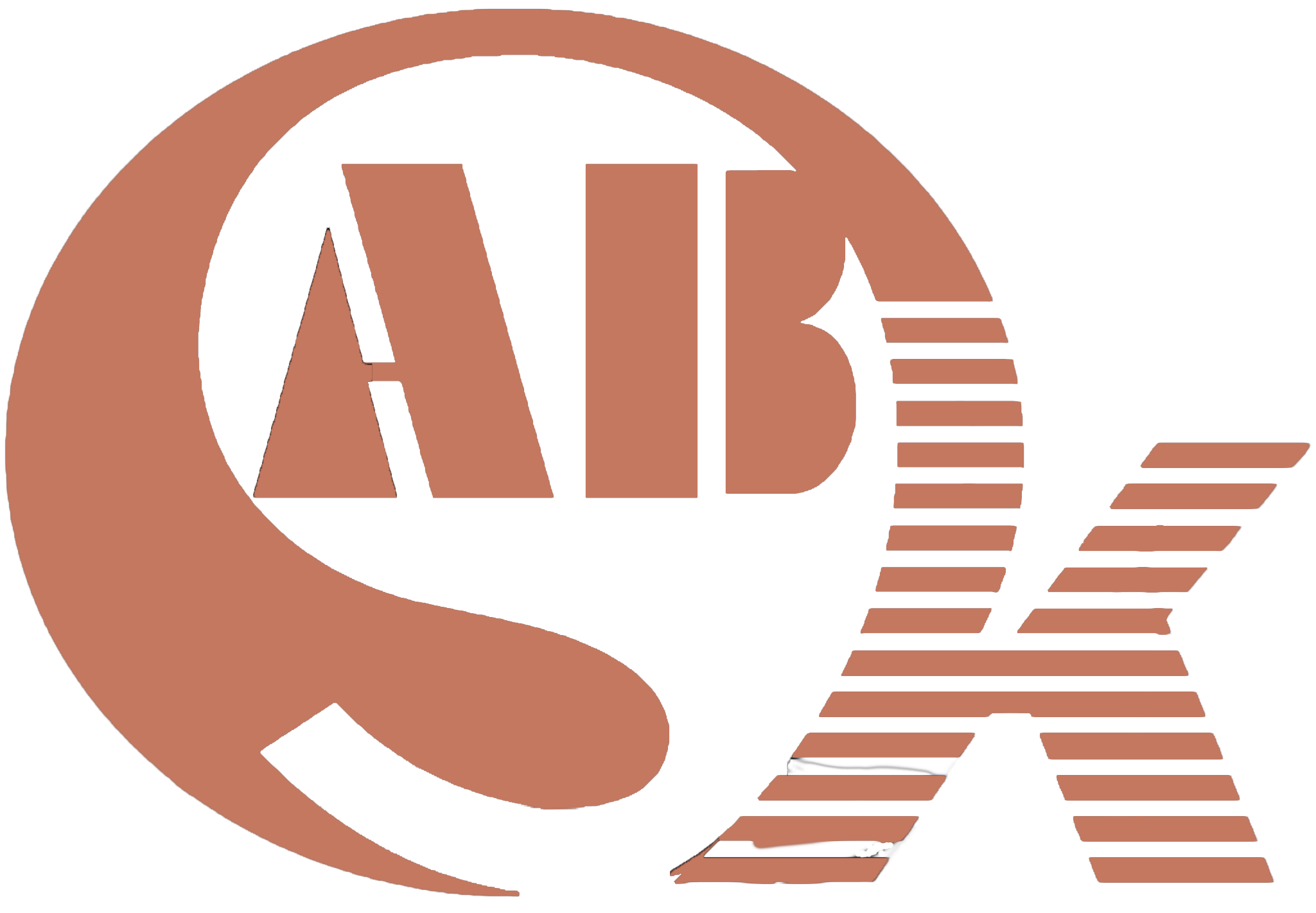Mastering the Perfect Weld: Which Weld Position Reigns Supreme?
Welding, in all its forms, is an art that combines skill, precision, and technical knowledge. Among the many factors that contribute to a successful weld, the weld position plays a crucial role. Whether you’re a seasoned welder or just starting your welding journey, understanding which weld position is often considered the best can significantly impact the quality and integrity of your welds. In this article, we will explore various welding positions and help you identify the best one for your specific welding needs.
1. Flat Position Welding
The flat position weld, often considered the easiest for beginners, involves welding on the upper side of a horizontal surface. In this position, gravity helps keep the molten weld pool in place, resulting in a stable and relatively flat bead.
Pros:
- Easier for beginners to control.
- Reduced risk of weld defects.
- Better visibility of the weld pool.
Cons:
- Limited suitability for vertical or overhead welding.
- May require additional passes for thicker materials.
The flat position is ideal for projects where the workpiece can be oriented horizontally, such as welding flat plates, sheet metal, or large components. It is often the preferred choice for fillet welds and butt joints in a flat orientation.
2. Horizontal Position Welding
In the horizontal position, the welder joins two pieces of metal that are positioned horizontally. While it presents more challenges compared to the flat position, it is still relatively manageable for welders with some experience.
Pros:
- Offers versatility for welding joints in various orientations.
- Suitable for welding thicker materials.
- Can be used for fillet, groove, and butt welds.
Cons:
- Requires better control and technique than flat welding.
- Greater risk of weld defects, such as slag inclusions.
Horizontal welding is commonly used in structural welding, shipbuilding, and pipeline construction. It is a valuable skill to master for welders working in industries that require welding in different orientations.
3. Vertical Position Welding
Welding in the vertical position involves joining workpieces in an upright position. This position is often considered more challenging due to the gravitational pull that can cause molten metal to sag or drip.
Pros:
- Versatile for welding joints that require vertical orientation.
- Allows for upward progression on vertical seams.
Cons:
- Increased risk of weld defects, including lack of fusion.
- Requires excellent control and technique.
- May necessitate the use of special electrodes and welding techniques.
Vertical welding is frequently used in construction, bridge fabrication, and pipe welding. It is a valuable skill for welders working on structures and projects that demand welding in a vertical or overhead position.
4. Overhead Position Welding
Welding overhead, as the name suggests, involves welding the underside of a workpiece that is positioned above the welder. This is often considered the most challenging weld position due to the risk of weld defects and the difficulty of controlling the molten weld pool.
Pros:
- Essential for welding structures with overhead joints.
- Allows for welding in confined spaces.
Cons:
- High risk of weld defects, such as slag entrapment.
- Demands exceptional control and technique.
- Requires specialized equipment and safety measures.
Overhead welding is commonly encountered in industries like shipbuilding, construction, and automotive manufacturing. Welders skilled in this position are in high demand, as they can tackle projects that require welding in tight spaces and overhead positions.
5. Combination Positions
In many welding projects, you may encounter combinations of the above positions. These combination positions require a high degree of skill and adaptability. For example, a vertical-up position may involve welding upward on a vertical seam, transitioning to a horizontal weld on a flat surface.
Pros:
- Offers versatility for complex welding projects.
- Requires a broad skill set and experience.
- Allows for efficient completion of multi-pass welds.
Cons:
- Increased complexity and potential for defects.
- Demands a thorough understanding of welding techniques.
Choosing the best weld position depends on the specific requirements of your project. Experienced welders often develop proficiency in multiple positions to adapt to various welding challenges.
In conclusion, there is no one-size-fits-all answer to which weld position is the best, as it largely depends on the project at hand and your level of expertise. The flat position is an excellent starting point for beginners, while more experienced welders may find themselves working in vertical, horizontal, overhead, or combination positions based on the demands of their profession. Regardless of the weld position, mastering proper welding techniques, maintaining safety measures, and continuously improving your skills are key to achieving the perfect weld every time.
